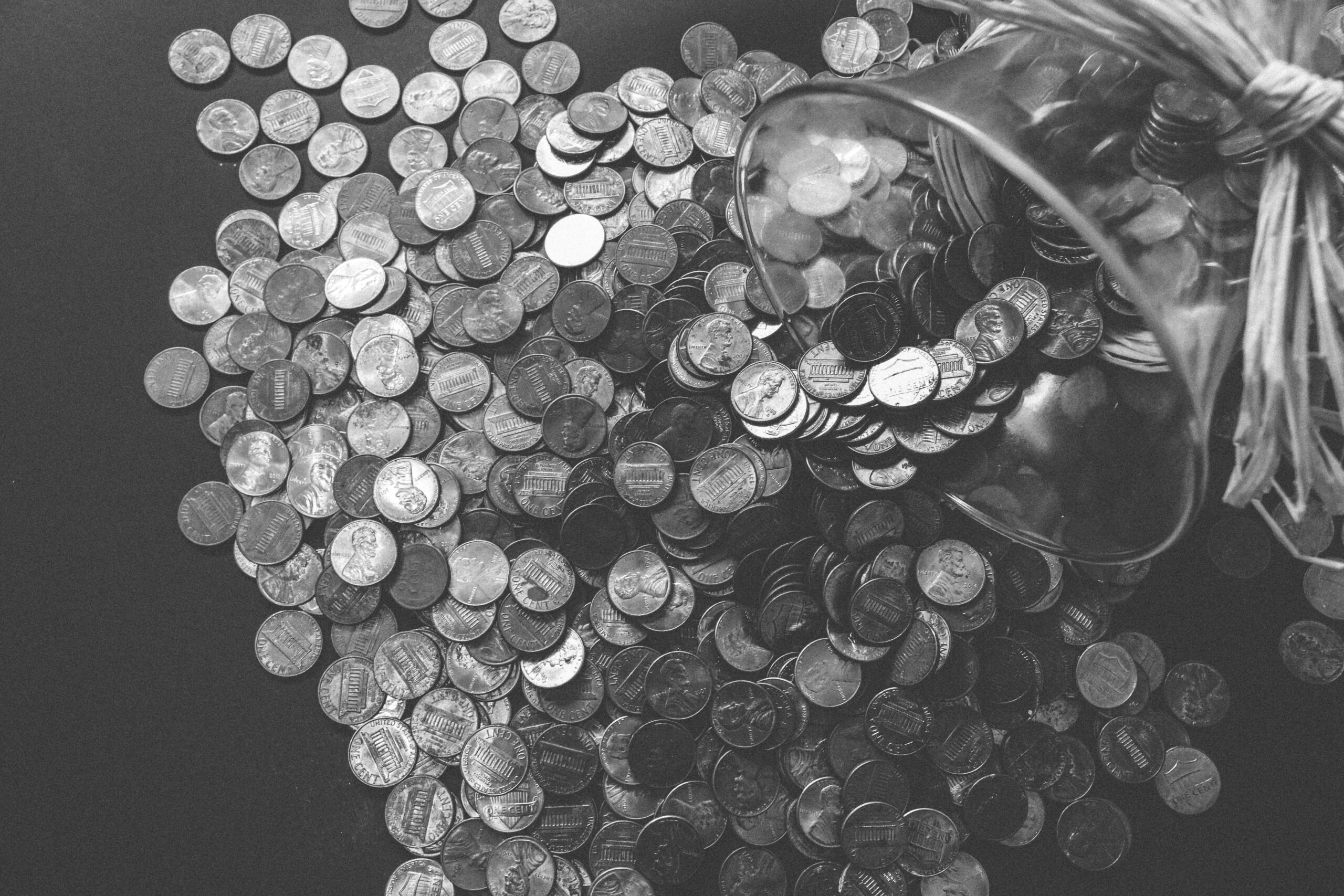
Nickel is a crucial industrial metal and an important commodity in global markets. Here’s an overview of nickel as a commodity:
Key Facts About Nickel
-
Symbol: Ni (on the periodic table)
-
Atomic Number: 28
-
Primary Types: Class I (High-purity, ≥99.8% Ni) and Class II (Lower-purity, e.g., ferronickel)
-
Major Producers: Indonesia, Philippines, Russia, Canada, Australia
-
Major Consumers: China, stainless steel producers, battery manufacturers
Uses of Nickel
-
Stainless Steel Production (~70% of demand) – Adds corrosion resistance.
-
Electric Vehicle (EV) Batteries (Growing segment) – Used in lithium-ion batteries (nickel-cobalt-manganese or nickel-cobalt-aluminum chemistries).
-
Alloys & Superalloys – For aerospace, military, and high-temperature applications.
-
Plating & Coatings – Provides durability and corrosion resistance.
-
Other Uses – Chemicals, catalysts, and coinage.
Nickel Market Dynamics
-
Price Drivers:
-
Supply: Indonesia dominates production (over 50% of global supply).
-
Demand: EV boom and stainless steel growth.
-
Geopolitics: Sanctions (e.g., Russian nickel) can disrupt supply.
-
Stockpiles: LME (London Metal Exchange) inventories influence prices.
-
Technological Shifts: Battery chemistry trends (e.g., high-nickel vs. lithium-iron-phosphate).
-
-
Price Volatility:
-
Nickel prices surged in 2022 due to a short squeeze on the LME (reaching over $100,000/ton briefly before trades were canceled).
-
Long-term prices depend on mining output, battery demand, and substitution risks.
-
How to Invest in Nickel
-
Futures & Options (LME, COMEX) – Direct exposure but high risk.
-
ETFs & Stocks – E.g., iPath Bloomberg Nickel Subindex ETN (JJN) or mining stocks like Norilsk Nickel (Russia), Vale (Brazil), BHP (Australia).
-
Physical Nickel – Rare for retail investors due to storage costs.
-
Mining Companies & Royalties – Indirect exposure via equities.
Challenges & Risks
-
Environmental Concerns: Nickel mining (especially laterite ores) is energy-intensive.
-
Substitution Risk: Battery makers may reduce nickel content if prices rise too much.
-
Geopolitical Risks: Export bans (e.g., Indonesia halted exports in 2020).
Current Trends (2024-2025)
-
Indonesia’s Dominance: Expanding production but facing ESG scrutiny.
-
EV Demand Growth: Tesla, CATL, and others pushing for more nickel-rich batteries.
-
LME Reforms: After the 2022 short squeeze, regulators are tightening rules.
